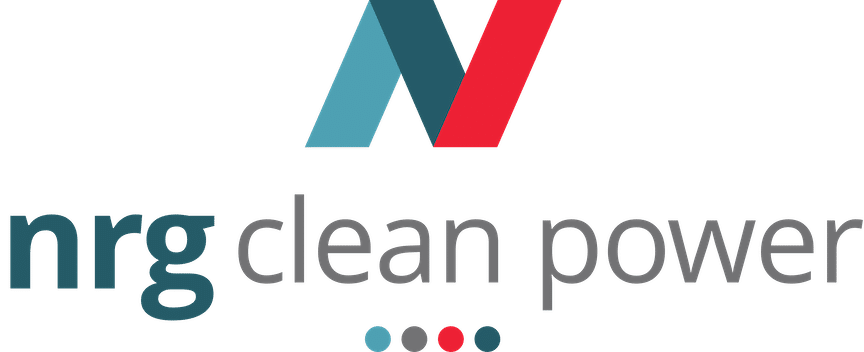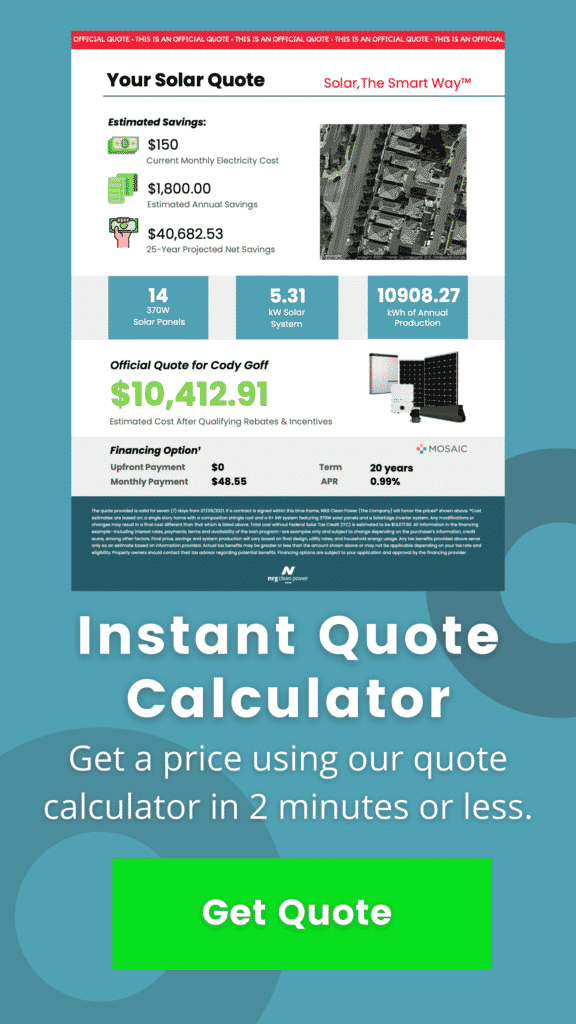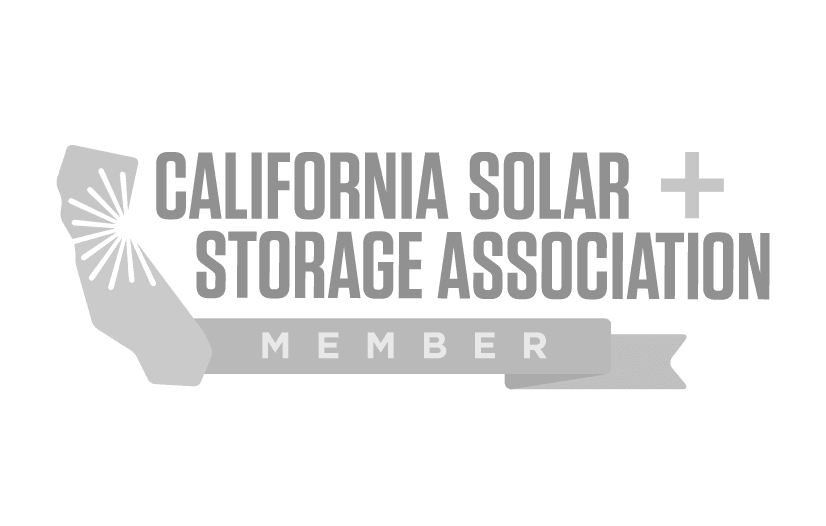
The trend of investing in solar power systems is gaining momentum across the United States. Homeowners and businesses alike are increasingly opting to adorn their rooftops with solar panels, drawn by the allure of advanced solar technology and its cost-saving benefits.
Solar power systems offer a compelling solution for generating electricity while minimizing environmental impact. With recent advancements in solar technology driving down equipment costs, the appeal of harnessing solar energy has never been greater.
Before embarking on the installation journey, it’s essential to consider various factors to ensure a successful transition to solar power.
To aid you in decision-making, we’ve curated a comprehensive checklist highlighting key considerations before installing rooftop solar panels.
Key Points to Consider Before Getting a Solar Panel Quote for Your Home
1. You’ll Need to Check the Condition and Age of Your Roof
To set up rooftop solar panels, you need a strong and secure roof that’s in excellent shape. If your roof is old, it might be necessary to renew it before installing solar panels. Typically, residential rooftop solar systems are designed to endure for at least 25 years, so it’s important to ensure your roof can withstand that duration too.
2. Consider the Orientation and Angle of Your Roof
Optimizing the efficiency of solar panels hinges on the direction and slope of your roof, ideally positioned to face directly toward the sun. In the United States, a southern-facing roof is optimal for harnessing solar energy.
Yet, roofs facing east or west can also capture substantial solar power. The angle of the roof’s tilt is gauged by measuring its deviation from the horizontal plane.
3. Take a Look at the Shading on Your Roof
For rooftop solar panels to operate efficiently, they rely on direct sunlight. Therefore, it’s essential to account for potential shading from trees, buildings, or other structures that might obstruct sunlight, particularly during morning and afternoon hours. Using a solar pathfinder tool aids in evaluating the loss of power caused by shading.
4. Evaluate Your Household’s Energy Consumption
Installing rooftop solar panels can lower your energy expenses, but it’s crucial to assess your energy usage and the extent to which solar power can offset it.
Have you thought about incorporating a battery to store surplus energy? Doing so can effectively manage your bills throughout the year and potentially qualify your home for some solar rebates.
5. Check Local Zoning and Building Codes
Before installing rooftop solar panels, it’s vital to verify the specific regulations governing installation in your state or territory in the USA. This ensures compliance with applicable policies and guidelines tailored to your home.
6. Assess Your Budget.
Installing rooftop solar panels can come with a hefty price tag, so it’s crucial to establish a practical budget and explore potential incentives or financing possibilities. If you’re leaning towards a renewable energy loan, it’s essential to consider factors like loan amount, terms, interest rates, and associated fees.
Your solar panel installer might offer assistance by providing estimates for installation costs. They might also have partnerships with lenders specializing in renewable energy loans, facilitating the submission of your loan application.
7. Did You Take Advantage of Rebates?
The installation of a solar panel system in your residence can range from $10,000 to $30,000. The encouraging news is that numerous states, cities, and solar companies across the United States provide rebates for rooftop solar installations.
Before commencing your project, inquire with your contractor about available options. If they don’t have any, they should be knowledgeable about rebates offered by the state and city.
In general, the government is keen on encouraging investments in solar energy. The Department of Energy itself offers potential savings of up to 30% through rebates and tax credits. Additionally, your local utility and electricity providers may also offer incentives for solar installations.
8. Now It’s Time to Consult With a Solar Panel Expert
Consulting with a professional is essential to assess the feasibility and cost-effectiveness of installing rooftop solar panels on your residence.
Moreover, they can assist in determining if any updates to your roof are necessary and can guide you through the process of connecting your system to the grid and obtaining approval from your distributor.
Selecting a reliable and reputable solar installation company can streamline your transition to renewable energy, ensuring a smooth and successful experience.
What Not to Do When Transitioning to Solar
Fortunately, for homeowners contemplating a solar panel system installation, there are more actions you should take than those you shouldn’t. The common errors to avoid may seem obvious, yet many homeowners still make them when opting for the quickest, simplest, or cheapest route to transition. However, you’re capable of better decision-making.
Although these three enlightening tips on what to avoid during the transition to solar might not seem pertinent, let’s delve into them nonetheless!
Forgetting to Have Experts Check Your Home to Ensure It’s Suitable for Solar
The initial critical mistake to avoid is overlooking the necessity of having experts assess your home to confirm its suitability for solar. You might assume that merely having a roof and energy requirements suffices to warrant transitioning to solar.
If you find yourself thinking this way, pause and revisit the first step of the solar transition process: evaluating your energy production potential.
Regrettably, not every home is ideally suited for solar power. Therefore, it’s imperative to leverage all available resources to ascertain whether investing in a solar panel system aligns with the characteristics of your home.
Using Solar Panel Price as the Only Determinant
The second prevalent mistake observed in the market is homeowners prioritizing cost to their own detriment when considering solar panel systems. While such systems can bring joy, independence, and control to your lifestyle, this is only achievable if you don’t compromise on the quality of your panels.
It’s worth noting that most solar panel systems have a lifespan of 25 to 30 years. Opting for the cheapest available options, although initially attractive due to their low prices, often results in panels that won’t last as long. Even if they do, you’ll likely end up spending a significant amount on maintenance to ensure they continue to perform adequately. Like many things in life, when it comes to purchasing solar panels, you get what you pay for.
Avoid the consequences of this mistake by investing wisely upfront. Instead of focusing solely on upfront costs, explore financing options that will enable you to purchase a high-quality solar panel system that meets your needs and stands the test of time.
Trying to Install Solar Panels on Your Own
The third mistake, which is perhaps the most obvious one to avoid, is attempting to purchase and install a solar panel system yourself.
Would you ever take on the task of rewiring your entire house without professional help? Most likely not. You’d hire a qualified electrician. The same logic applies to transitioning to solar power.
Making the switch to solar involves considerations of energy and performance, aspects that even the most skilled DIY enthusiasts should acknowledge and leave to professionals.
Remember: the goal of investing in solar is to save money, not to risk losing it.


